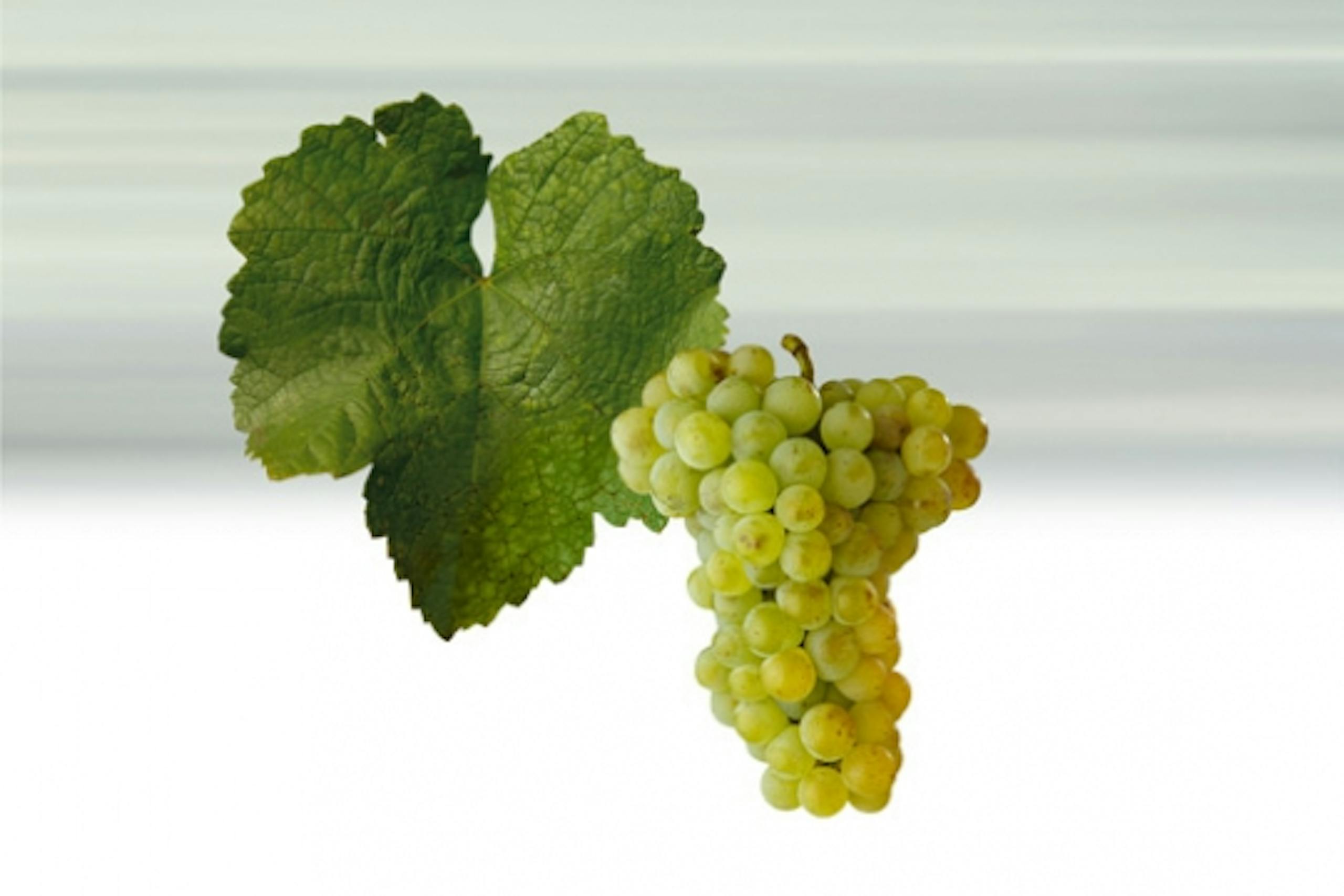Sylvan Green - a light and floral white variety
About
Synonymum: Sylvánské, Grüner Silvaner
0.6% of the total vineyard plantings.
Entered in the State Register of Grape Varieties in 1941.
Wines rapidly ripen to supple fullness and are well-rounded, with pleasing effects on the senses.
At one time Green Sylvaner was the most-widespread grape variety in Moravia, and that is why it was known by the folk name of \"Moravka\". The Sylvaner vines were pushed from favour by Neuburger, which, in turn, met with the same fate when the more serviceable Müller-Thurgau was discovered.

Grüner Silvaner or Grüner Zierfandel are the names used in its land of origin, Austria, where it came about, as has been shown by genetic analysis, from a chance crossing of the Austrian White with Gewürztraminer. Its older German designation Oesterreicher also points to its Austrian beginings. Today, as Silvaner, it is planted in Germany on 7,500 hectares and has become the third most cultivated grape variety after Riesling and Müller-Thurgau. Silvaner is most commonly found in the Rheinhessen, Pfalz and Franken regions.
The Sylvaner grape variety is characterised by its weaker growth with ample foliage and abundant crops. The wood matures slowly which means resistance to frost is low, as is resistance to fungal diseases, though it is higher against grey rot. The grapes are of medium size, compact with medium-sized green berries. Flesh is succulent and highly pleasing to the tastebuds, for which reason it has been used in the past for table grapes. The fruit ripens relatively late.
The wines are neutral and from lower yields have a moderately spicy taste though without special aromatic attributes.
It demands good positioning in the vineyard and fertile soils.
The wines are neutral and from lower yields have a moderately spicy taste though without special aromatic attributes. With greater ripeness the grapes give special-selection type wines which, when matured in bottle, give full-bodied wines with a smooth and supple harmony. Youthful wines made from greater yields tend to be hard and coarse. If the yields are average, the acidity levels are quickly reduced leading to the wine seeming rather dull. In earlier times Sylvaner was abundantly used in blends with other, harder wines (in southern Moravia with Welschriesling). It generally serves as ordinary, undemanding, dry, daily-drinking wine, maybe served on tap as accompaniment to everyday food.
Basic characteristics of quality wines:
Greenish-yellow colour, neutral, smooth, spicy. Young wines are somewhat less harmonious, on occasion even rough at the edges. Wines rapidly ripen to supple fullness and are well-rounded, with pleasing effects on the senses.
Translation © Helena & John Baker 2004.




